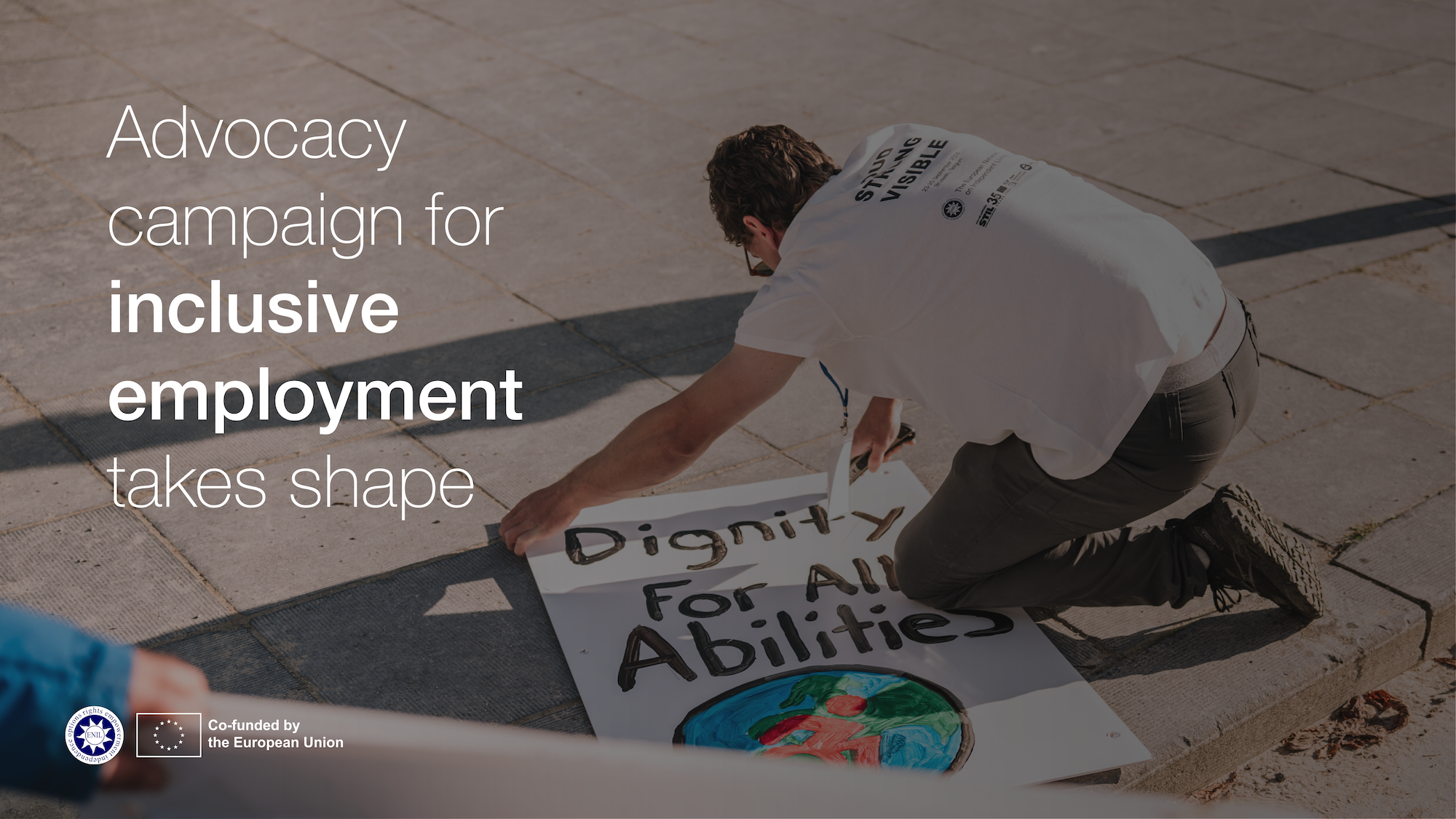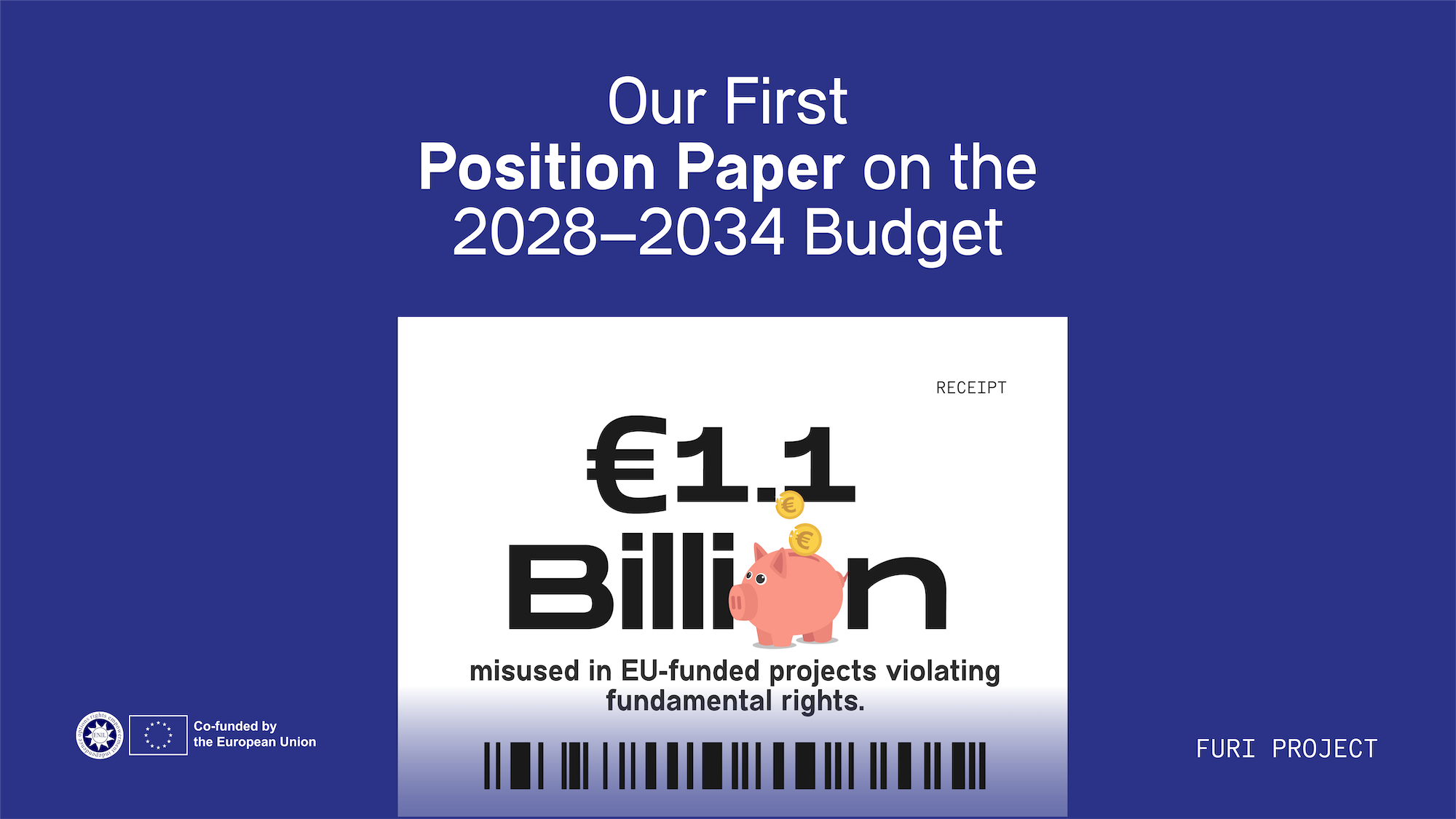The philosophy of Independent Living is that of living like everyone else – having control of one’s own life, having opportunities to make decisions that affect one’s life and being able to pursue activities of one’s own choosing, regardless of disability, with reference to the magnificent work of Mr Adolf Ratzka.
Everyone lives, goes to school, shops, dines, works, and socialize within our local communities. But, every day persons with disabilities, especially wheelchair users, encounter inaccessible and/or unaccommodating venues, having no choice/ or options to enjoy their rights to mobility, equal participation and to be an active member of the community. Most of the young and old wheelchair users travelling or moving outside experience barriers because of peoples’ attitudes and the stigma towards disability, and inaccessible roads, footpaths, parks, shopping centers, public buses, restaurants, toilets, cinema houses etc. Similarly, the Nepalese government has not made it obligatory to manufacture high quality or WHO-standard assistive devices within the country. There is no access toPersonal Attendants or Assistants, to facilitate inclusion of individuals who need assistance to manage daily living. Therefore, wheelchair users are obliged to use second hand wheelchairs from developed countries like Japan, South Korea, Australia, Europe etc. We have China made surgical wheelchairs on the market, that lack durability and are designed for patients.
Persons with disabilities who have the so-called ‘A’ and ‘B’ type disabilities are faced with too many obstacles; they lack appropriate services, accessibility and acceptance within the society. Consequently, they are denied independent living rights, miss the feeling of belonging and forced isolation, and experience abuses of inherent human rights. We are kept in isolation by our own family, neighbors, community and the state. For us, the universally accepted access is such a “unicorn”– something to dream about, but not based in reality. Disability rights activists have been realizing that justice just comes on paper, but is not in something to be seen, felt and enjoyed. The bitterest experience for us is that some of our disability rights activist continue advocating for institution-based services for those with severe disability and in poverty.
The structural inaccessibility and lack of welcoming spaces are likely due to the lack of visibility of the disability community, both on a local and national level. Our substantive input is not often chronicled from comprehensive angles across the media landscape. “I am a bilateral amputee disabled woman; mother of a four years old child, caregiver, and advocate, and independent woman, but media doesn’t see this as a success. Instead, they look at us with sadness and portray us as “burden to society”, “useless investment”, “we have done enough for you”, “object of pity”, “sick and needing medical treatment”. We are not regarded as citizens capable of running households, agencies and organizations, being parents, party-goers, business-owners, etc. Perhaps this is the reason why when somebody living with a disability lives an active life and achieves ‘everyday work done independently’, they are met with surprise and raised eyebrows.
Another barrier we have been facing is ‘Less Counting’. National Census of Nepal conducted in 2011 extracted disability population as 1.94% out of the total population whereas the National Living Standard Survey Report (NLSS) 2011 puts it at 3.6 percent and both figures are quite low compared to the World Report on Disability (2011) by the WHO and World Bank, which shows 15 percent disability prevalence rate. The main reason of having ‘Less Counting’ in Nepal is due to cultural rituals, a lack of understanding on how to define disability and other socioeconomic factors. Cultural and religious Hindu and Buddhist rituals posit that the privileges and deficits of our current life are attributed to the sins in one’s past life (Gabel & Danforth, 2008). In other words, if an individual has disability, is regarded as a result of the sins of one’s past lives, stigma to family, shame to community etc. Similarly, people themselves also hide or do not accept their disability due to socio-cultural pressure and are kept in isolation and hidden.
Researchers, policy makers, planners, international and national organizations who are working in the disability sector estimate that national disability figure is actually far higher. They attribute this to poverty, poor health and maternal care facilities, geographical variations, the 10-year Maoist conflict and the 2015 earthquake. Similarly, Disability Rights Activists carries advocacy basing to the world wide ‘Estimated Data’ that there are 600 million people living with disabilities globally and the vast majority (80 per cent) live in low- and middle-income countries like Nepal, often in difficult circumstances and withoutsuitable services, support and opportunities. Nepal, as a State Party of the Convention on the Rights of Persons with Disabilities (UNCRPD-2006) is obliged to gather comprehensive data and information on persons with disabilities (Article 31) to ensure that services and facilities are provided according to their needs and priorities.
We, at CIL-Kathmandu, have been working on this particular concern in our own community for over 13 years now. We have seen little change in the movement, but during that time, we have done a lot – hunger strikes, peer awareness, capacity development and sharpening our advocacy skills – to enable dignified and independent living, with a full understanding of human rights of all types and levels of disability, in a barrier-free community. All our activities have given us a chance to increase our understanding of the world and some of the behind-the-scenes administrative red tape that often impedes progress. Through our advocacy for accessibility, we convened with various folks to have dialogues, raising awareness that we, too, are residents/citizens of the country and require equal access to resources and active participation in decision making. If anything, our advocacy has minimized segregation, discrimination and isolation experienced by persons with disabilities in Nepal.
The COVID-19 pandemic has adversely affected persons with disabilities, and their lives have been put at risk, due to the abrupt and unsystematic nationwide lockdown by the Nepalese Government. Persons with disabilities are not a homogenous group and, therefore, their needs or requirements are different to each other due to disability and other factors. However, the government’s blanket approach to address the needs of people during humanitarian crises always seems ignorant of these facts. During this COVID-19 pandemic, the government and others have ignored the diverse needs of persons with disabilities, and have dragged many lives towards hardship. Every day, the national television has been broadcasting press conferences of the Ministry of Health and Population. The press conference is all about the pandemic updates. However, while the Ministry could hire sign language interpreters for but the press conference, it is still missing sign interpreters at Covid-19 responsive hospitals. Similarly, the imposed lockdown increased anxiety and stress among children and youth with disabilities. Quarantines and isolation wards made at Covid-19 responsive hospitals are still lacking accessible structure to meet the needs of wheelchair users during outbreaks. Disability-based stereotypes got even more influence on social media. Similarly, women and girls have been facing gender and disability-based abuses at home from family members. Movement has been strictly prohibited during the lockdown, which overlooked the specific needs of persons with disabilities, such as the need for personal assistants, assistive device repairs, sanitization and hygiene, psychological and mental well-being etc.
For the past 20 years, Nepal has been very active in formulating policies to enhance the rights of persons with disabilities and improve their quality of living. There have been many positive developments following the ratification of the CRPD by the Government. For example, establishment of associations run by/for persons with disabilities, development of role models for advocacy and enabling solidarity among peers, building strong networks with national and international associations, run by/for persons with disabilities, learning from global best practices of independent living movements and human rights etc. But still, there is a lack of comprehensive awareness raising programs on the 2017 Act Relating to the Rights of Persons with Disabilities, by utilizing all available means and media, training stakeholders to build an accessible environment, minimizing existing barriers and boosting most essential service systems in all areas of the federal Nepal. Similarly, collection, development and translation of legal instruments into easy read version would also support disability rights activists to raise their voices strongly from the grassroots level.
Contributed by Jamuna Subedi (Ms.), Vice President of the Independent Living Center for Persons with Disabilities, CIL- Kathmandu.


